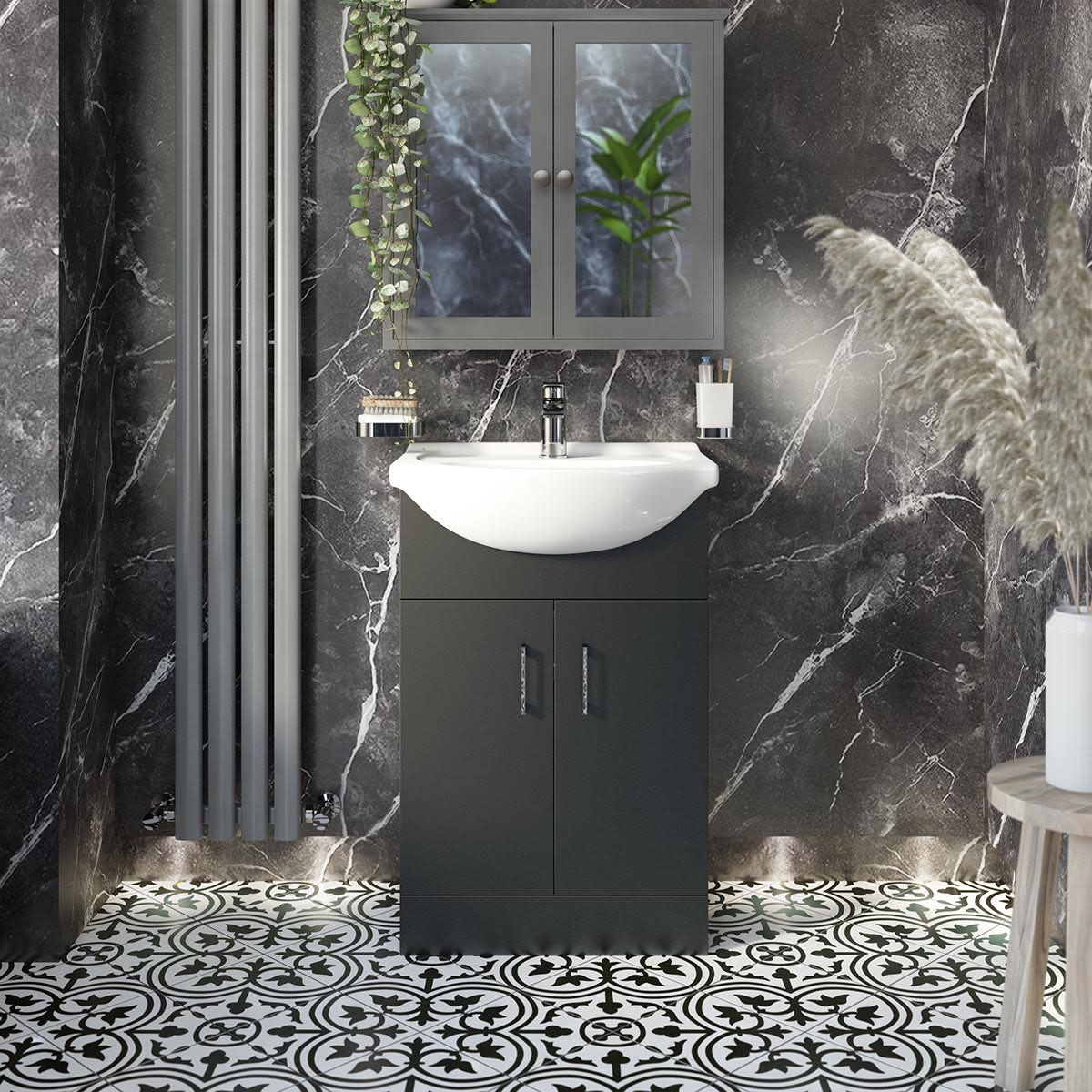Maintaining your shower valve is an important part of keeping your bathroom in good condition. A properly maintained shower valve will not only last longer but also ensure a safe and comfortable showering experience. In this article, we will discuss the importance of maintaining your shower valve and provide some tips on how to do it.
Importance of Maintaining Your Shower Valve
A shower valve controls the flow and temperature of water in your shower. Over time, mineral buildup and debris can clog the valve, causing it to malfunction. This can lead to low water pressure, uneven water temperature, and even leaks. Maintaining your shower valve on a regular basis will help prevent these issues and ensure that your shower is always in good working condition.
How to Maintain Your Shower Valve
Maintaining your shower valve is a relatively simple process. The first step is to turn off the water supply to the shower. This can usually be done by turning off the valves located near the shower or by turning off the main water supply to your home.
Next, remove the handle or knob from the shower valve. This will give you access to the valve stem, which is the part of the valve that controls the flow and temperature of water. Use a small brush or toothpick to remove any debris or mineral buildup that may be present. Be careful not to damage the valve stem as you clean.
Once the valve stem is clean, reassemble the handle or knob and turn the water supply back on. Test the shower to make sure that the water flow and temperature are working properly. Repeat this process every six months or as needed to ensure your shower valve is in good condition.
Conclusion
Maintaining your shower valve is an important part of keeping your bathroom in good condition. A properly maintained shower valve will last longer and ensure a safe and comfortable showering experience. By following the tips provided in this article, you can easily maintain your shower valve and keep your shower in good working condition.





